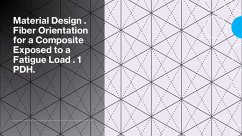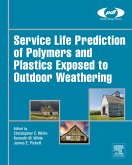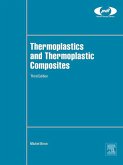The design of fiber-reinforced composite materials offers a significant advantage over traditional isotropic materials: the ability to tailor the material's properties by orienting the fibers to most efficiently carry the applied loads. This is particularly critical in applications involving fatigue, where components are subjected to cyclic stresses that can lead to failure over time.
This course module introduces a fundamental methodology for relatively optimizing fiber orientation in composite structures to enhance fatigue life. The core principle is that the stresses experienced by individual plies within a laminate vary dramatically with the angle between the fibers and the primary loading direction. An orientation that minimizes critical ply stresses (like the transverse stress σ2 or the shear stress σ6) can significantly delay the initiation and propagation of fatigue damage.
Shared MATLAB program serves as a computational tool to implement this methodology. It systematically guides the user through defining the problemspecifying the component's geometry (plate, shaft, or pressure vessel) and its complex fatigue loading conditions (bending, torsion, axial force, and internal pressure). The code then performs the necessary solid mechanics calculations to determine the global stress state. Finally, it transforms these stresses into the local coordinate system of a unidirectional ply for a range of orientation angles (0° to 90°). The resulting plots of σ1, σ2, and σ6 versus θ offers a visual representation, enabling an engineer to select the fiber orientation that relatively optimizes the composite's performance under the given fatigue loads.
Learning Objectives
Identify the key fatigue loading conditions (bending, torsion, axial, pressure) and geometric configurations (plate, solid shaft, hollow shaft/vessel) relevant to composite material design.
Calculate the mean and amplitude components of stress for different types of cyclic loading from given maximum/minimum values or stress ratios.
Determine the geometric properties (Area A, Moment of Inertia I, Polar Moment of Inertia J) for plates, shafts, and pressure vessels.
Compute the global stresses (σx, σy, τxy) at a critical point on a structure subjected to combined loading.
Apply stress transformation equations to calculate local ply stresses (σ1, σ2, σ6) as a function of fiber orientation angle (θ).
Objective 6: Use MATLAB to visualize the relationship between fiber orientation and local stresses, identifying trends that inform relative optimal fiber placement for fatigue resistance.
PDH Eligibility
To request a PDH certificate, don't hesitate to email author with solved quiz.
Disclaimer
The author and publisher of this book have made effort to ensure the accuracy of the information contained herein. However, this book is shared for informational purposes only and is not intended as professional, legal, medical, or financial advice. The reader is responsible for their own actions and decisions. The author shall not be held liable or responsible for any loss, damage, or injury caused, or alleged to be caused, directly or indirectly, by the information contained in this book.
Dieser Download kann aus rechtlichen Gründen nur mit Rechnungsadresse in A, B, CY, CZ, D, DK, EW, E, FIN, F, GR, H, IRL, I, LT, L, LR, M, NL, PL, P, R, S, SLO, SK ausgeliefert werden.









